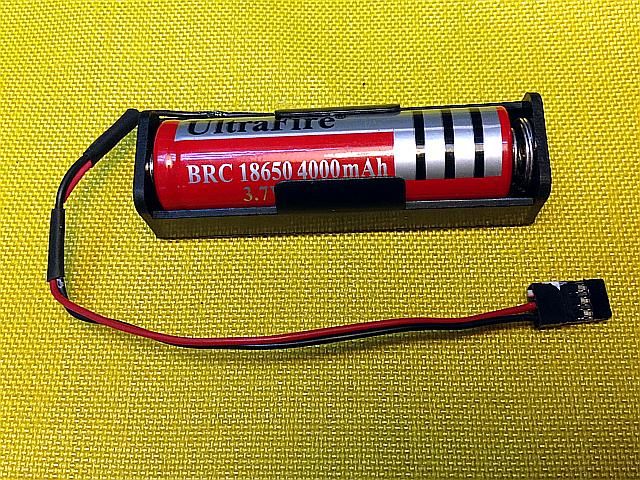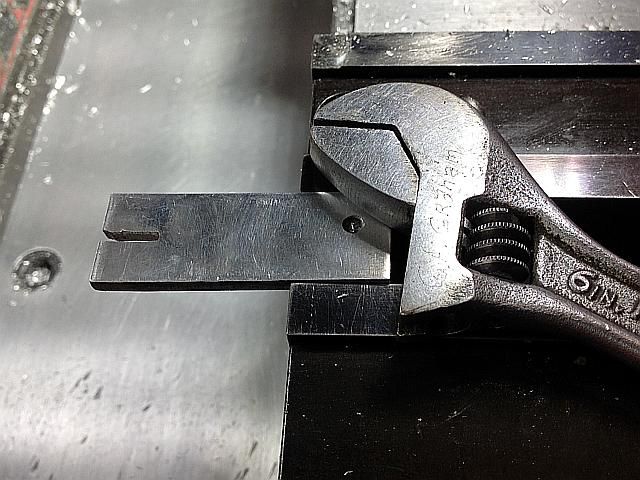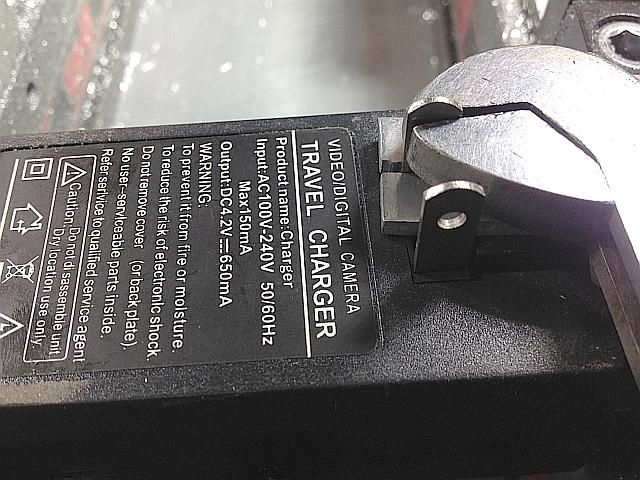- Joined
- Feb 17, 2008
- Messages
- 2,330
- Reaction score
- 445
I have been using a CDI ignition systems from S/S Machine & Engineering LLC for a long time now. I have used about a dozen of them and my active stable has 3 Gauge1 locomotives and 3 stationary engines in it.
http://www.cncengines.com/ic.html
I have been using standard batteries consisting of 4 NiMh AA cells and the work perfectly all the time. But only if the batteries are charged.
Since I don't run them all time I have to charge them all up just before any event. NiMh batteries self discharge rather quickly so every thing has to be charged with a week before use and if the event is like the upcoming event with 4 days of running spare batteries are also required.
The ignition systems are rated down to 3.6 volts of operation. The common 18650 Li-ion battery is nominal at 3.7 volts and the discharge curves show that by the time it drops to 3.6 volts at the drain of a CDI they are about 90% depleted. I wired a 18650 holder up to a R/C servo extension cable end so it would match the S/S standard connectors.

I have run my stationary engines for a total of about 4 hours on the single 18650 4000mAh cell and the voltage has just dropped to 4.0 volts from the 4.2 volts it started with. My calculations show that it should run one of my engines about 25 to 30 hours before recharge.
The 18650 is becoming a very common standard battery for high power flashlights and video cameras. This has caused the price be fairly low. As my vision is poor I use lots of flash lights and have 5 that use 18650 batteries. The 18650 batteries that are sold have capacities ranging from 1500 to 5000 mAh. As the price differential is low it does not make much sense to buy any thing other than 5000 mAh ones now. They can be had on eBay for as low as US$6 for a pair of 5000 mAh ones with a charger, shipping included. A battery holder like I used sells for about US$5 for a package of 5.
One caution. The most common battery charger being supplied right now has the wall socket pins that are made of 1mm stock. This is too thin to make good connection or hold in a wall socket. Standard prongs are 1.5mm thick. To modify them to make reliable connection I twist the prongs about 5 degrees, one clockwise and the other CCW. Don't try this with out either a fixture or at least two pair of pliers. The plastic in the charger body will break before the prong twists if you just hold the charger and attack with pliers. I know.
My fixture is just 1/8 x 3/4 inch aluminium with a slot sawed in the end to hold a prong while twisting with an adjustable wrench.
Gail in NM


http://www.cncengines.com/ic.html
I have been using standard batteries consisting of 4 NiMh AA cells and the work perfectly all the time. But only if the batteries are charged.
Since I don't run them all time I have to charge them all up just before any event. NiMh batteries self discharge rather quickly so every thing has to be charged with a week before use and if the event is like the upcoming event with 4 days of running spare batteries are also required.
The ignition systems are rated down to 3.6 volts of operation. The common 18650 Li-ion battery is nominal at 3.7 volts and the discharge curves show that by the time it drops to 3.6 volts at the drain of a CDI they are about 90% depleted. I wired a 18650 holder up to a R/C servo extension cable end so it would match the S/S standard connectors.

I have run my stationary engines for a total of about 4 hours on the single 18650 4000mAh cell and the voltage has just dropped to 4.0 volts from the 4.2 volts it started with. My calculations show that it should run one of my engines about 25 to 30 hours before recharge.
The 18650 is becoming a very common standard battery for high power flashlights and video cameras. This has caused the price be fairly low. As my vision is poor I use lots of flash lights and have 5 that use 18650 batteries. The 18650 batteries that are sold have capacities ranging from 1500 to 5000 mAh. As the price differential is low it does not make much sense to buy any thing other than 5000 mAh ones now. They can be had on eBay for as low as US$6 for a pair of 5000 mAh ones with a charger, shipping included. A battery holder like I used sells for about US$5 for a package of 5.
One caution. The most common battery charger being supplied right now has the wall socket pins that are made of 1mm stock. This is too thin to make good connection or hold in a wall socket. Standard prongs are 1.5mm thick. To modify them to make reliable connection I twist the prongs about 5 degrees, one clockwise and the other CCW. Don't try this with out either a fixture or at least two pair of pliers. The plastic in the charger body will break before the prong twists if you just hold the charger and attack with pliers. I know.
My fixture is just 1/8 x 3/4 inch aluminium with a slot sawed in the end to hold a prong while twisting with an adjustable wrench.
Gail in NM










